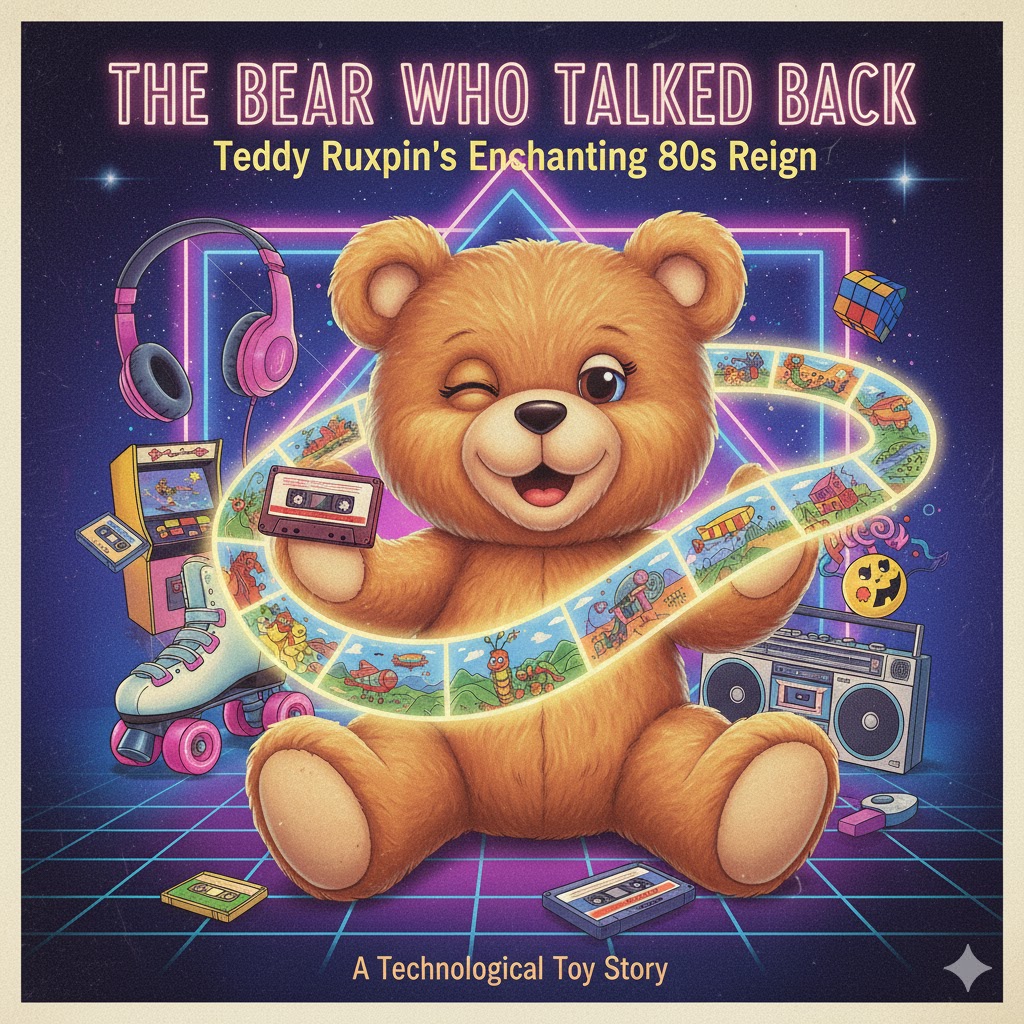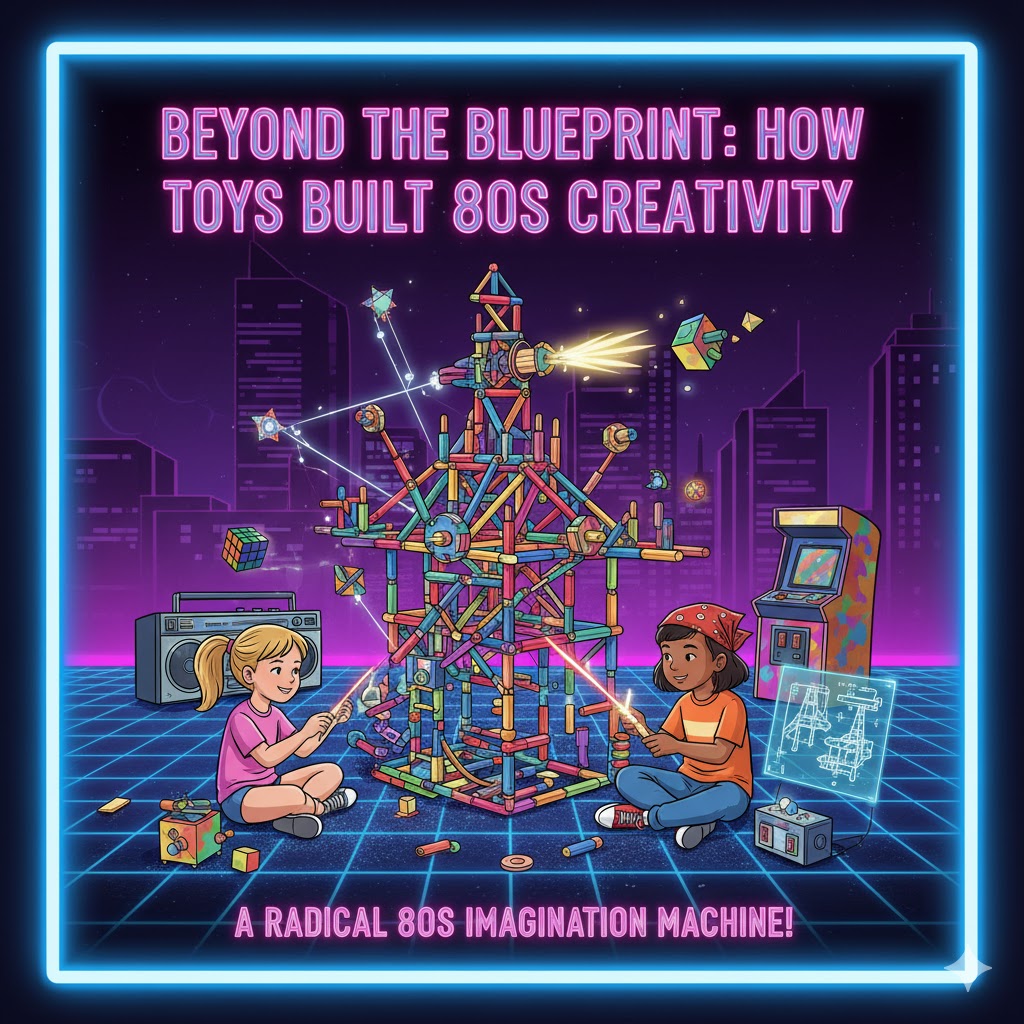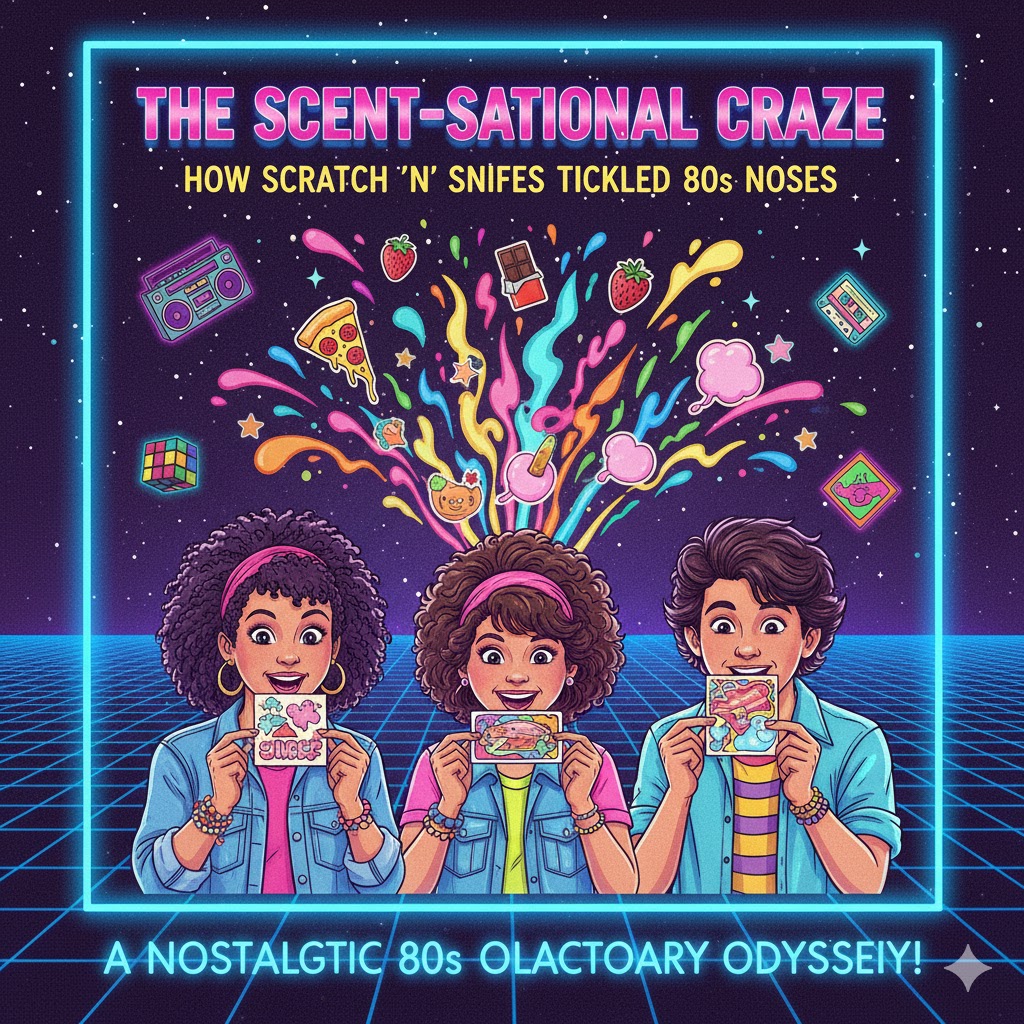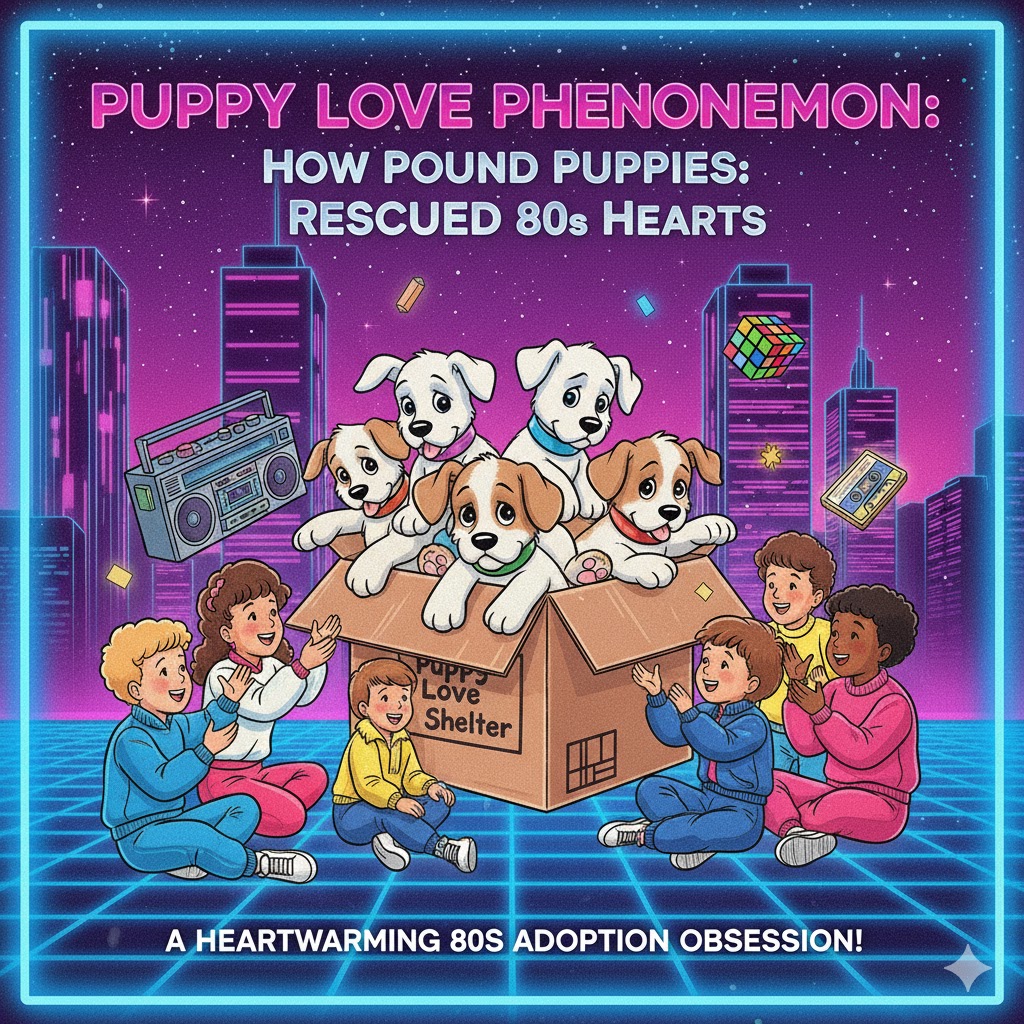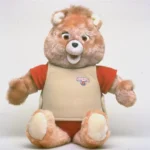 In the high-tech, high-octane decade of the 1980s, the revolution wasn’t confined to the silver screen or the buzzing arcade. It also made a surprise appearance in the quiet corner of the playroom, nestled in the form of a gentle, talking bear. Teddy Ruxpin, the animatronic marvel that debuted in 1985, became an instant legend, defining a generation’s Christmas wish lists and cementing his status as a quintessential 80s icon. More than a mere stuffed animal, Teddy Ruxpin was a technological pioneer that fundamentally altered the relationship between children and their toys.
In the high-tech, high-octane decade of the 1980s, the revolution wasn’t confined to the silver screen or the buzzing arcade. It also made a surprise appearance in the quiet corner of the playroom, nestled in the form of a gentle, talking bear. Teddy Ruxpin, the animatronic marvel that debuted in 1985, became an instant legend, defining a generation’s Christmas wish lists and cementing his status as a quintessential 80s icon. More than a mere stuffed animal, Teddy Ruxpin was a technological pioneer that fundamentally altered the relationship between children and their toys.
The bear’s creator, former Disney Imagineer Ken Forsse, envisioned a toy that could do more than simply utter pre-programmed phrases. Teddy Ruxpin’s innovation lay in his use of standard audio cassette tapes. When inserted into the mechanism housed in his back, one track played the story’s audio, while a second, silent track contained encoded digital signals. These signals acted as commands, controlling small motors that precisely synchronized the movement of Teddy’s mouth and eyes with the narration. This simple, dual-track technology was groundbreaking, creating the illusion of a living, breathing companion who was genuinely reading the story.
The reaction was seismic. Teddy Ruxpin was not just a hit; he was the best-selling toy of 1985 and 1986. The initial manufacturer, Worlds of Wonder, struggled to keep up with the ferocious demand, leading to widespread store shortages and tales of frantic parents paying inflated prices to secure the elusive bear for their children. He quickly transcended toy status to become a cultural phenomenon, emblematic of the 80s fascination with accessible personal technology. He was the friendly face of animatronics, taking the magic of Disney theme park figures and shrinking it down to a huggable, household scale.
Teddy’s influence on the popular culture of the decade was far-reaching. He launched a successful media franchise, proving the commercial viability of a toy-centric narrative universe.
- Expanded Universe: The bear introduced children to a rich mythology centered on the Land of Grundo and his adventures with his best friend, an Octopede named Grubby. The original story tapes weren’t just simple fairy tales; they were serialized adventures that encouraged children to collect the entire library of cassettes and books, fostering a deeper, ongoing engagement with the brand.
- Television Domination: This narrative depth led to the creation of The Adventures of Teddy Ruxpin animated series, which aired in 1987. The show expanded the world, gave distinct personalities to the Illiops, Grunges, and other characters, and solidified the franchise’s presence on Saturday morning television, an essential benchmark of 80s childhood.
- The Talking Toy Trend: Teddy Ruxpin single-handedly gave rise to the “smart toy” market. His success demonstrated to the broader toy industry that consumers were willing to pay a premium for technologically advanced, interactive companions. This led to a brief but notable wave of copycat talking dolls and animatronic animals, none of which managed to replicate Teddy Ruxpin’s initial magic or sales dominance.
The bear’s design also spoke to the prevailing aesthetic of the 80s. While physically bulky due to his internal mechanics, his plush exterior and friendly, round features embodied a comforting counterpoint to the decade’s sharp, neon-drenched sensibilities. He provided a warm, engaging, and non-threatening introduction to technology, easing children and parents alike into the digital age.
Ultimately, Teddy Ruxpin provided a unique form of companionship. For a generation captivated by television and the promise of a digital future, the bear offered a personalized, intimate experience. He was a dedicated storyteller, always there to narrate a tale, blink a sympathetic eye, or share a gentle song. The sheer volume of his sales and his continued fond remembrance prove that Teddy Ruxpin was more than a technical gadget; he was a beloved friend whose mechanical heart beat in perfect sync with the nostalgic rhythm of the mid-80s.
